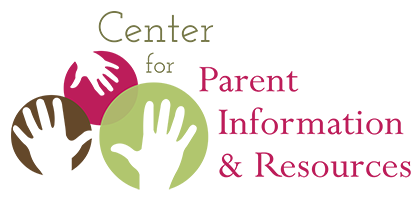For Families
Topic Editor: Stephanie Moss
stephanie@p2pga.orgYou are a critical part of your child's development and education. This page provides resources to help you help your child develop and learn, explains how early childhood supports and services can help your child, and gives you ways to share your family's experiences to benefit others.
Contact your state or jurisdiction's early childhood program for specific information:
- Part C of Individuals with Disabilities Education Act (IDEA)—the Program for Infants and Toddlers with Disabilities—is a federal grant program that assists states in operating a comprehensive statewide program of early intervention services for infants and toddlers ages birth–2 with disabilities, and their families. Part C Coordinators
- Part B, Section 619 of the Individuals with Disabilities Education Act (IDEA) authorizes preschool formula grants to states to provide special education services for children ages 3–5 with disabilities. Part B, Section 619 Coordinators
How can I help my child develop and learn?
As a parent or caregiver, you are your child's first and best teacher. These resources can help you support your child's developmental needs, and partner with professionals to achieve your family's goals for your child.
The Division for Early Childhood (DEC) Recommended Practices guide practitioners and families toward effective ways to improve learning outcomes and promote development in young children ages birth–5 who have or are at-risk for developmental delays or disabilities.
ECTA Center's practice guides for families explain the DEC Recommended Practices, how to use them using videos and vignettes, and how you will know if practices are working. The gudes are available in both English and Spanish.
Family Resources on Remote Service Delivery (Telepractice) and Distance Learning
- What is remote service delivery and distance learning?
- What does remote service delivery look like and how do I prepare for it?
- How can I support my child with distance learning?
How can these supports and services help my child?
Supports and services can help strengthen your family's ability to help your child. There are three child outcomes that programs measure to let you know how your child is developing and participating in activities at home, at school, or in the community.
This downloadable infographic contains six "skill bundles" for each Outcome, which are used throughout the Child Outcomes Summary (COS) Process.
Breadth of the Three Child Outcomes (English) Desarrolo de los Tres Resultados Para El Niño (Español)Outcome 1: Positive Social-Emotional Skills (including social relationships)
Relating With Caregivers
Demonstrate regulation and attachment, respond/initiate/sustain interactions, acknowledge comings and goings...
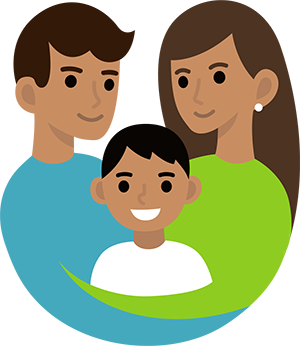
Attending to Other People in a Variety of Settings
Express awareness/caution, respond to/offer greetings, respond to own/others' names...
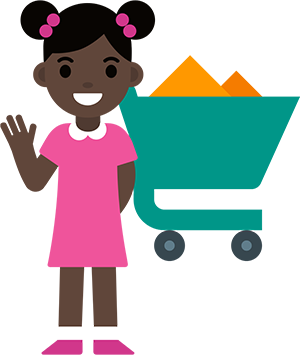
Interacting with Peers
Convey awareness, respond/initiate/sustain interactions, share/cope/resolve conflicts, play near and with peers...
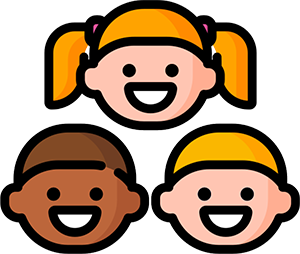
Participating in Social Games and Communicating with Others
Respond to/initiate/sustain games and back-and-forth communication, demonstrate joint attention, engage in mutual activity, follow rules of games...
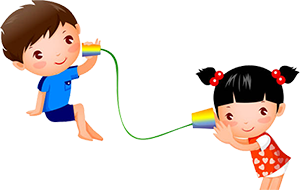
Following Social Norms and Adapting to Change in Routines
Transition between activities, respond to new/familiar settings/interactions, behave in ways that allow participation, follow routines and rules...
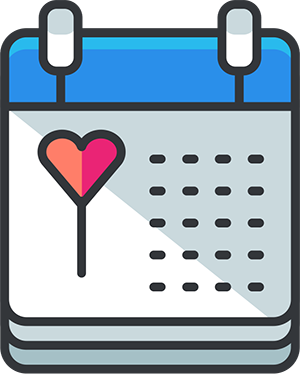
Expressing Own Emotions and Responding to Emotions of Others
Show pride/excitement/frustration, manage own emotions, display affection and comfort others...
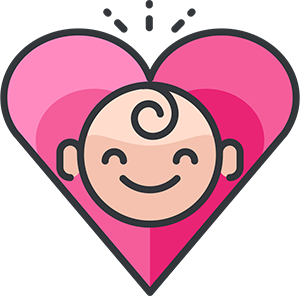
Outcome 2: Acquisition and Use of Knowledge and Skills
Showing Interest in Learning
Persist, show eagerness and awareness, imitate/repeat actions, explore environment...

Using Problem Solving
Figure things out, use trial and error, remember steps/actions and execute them with intention, experiment with new/known actions...
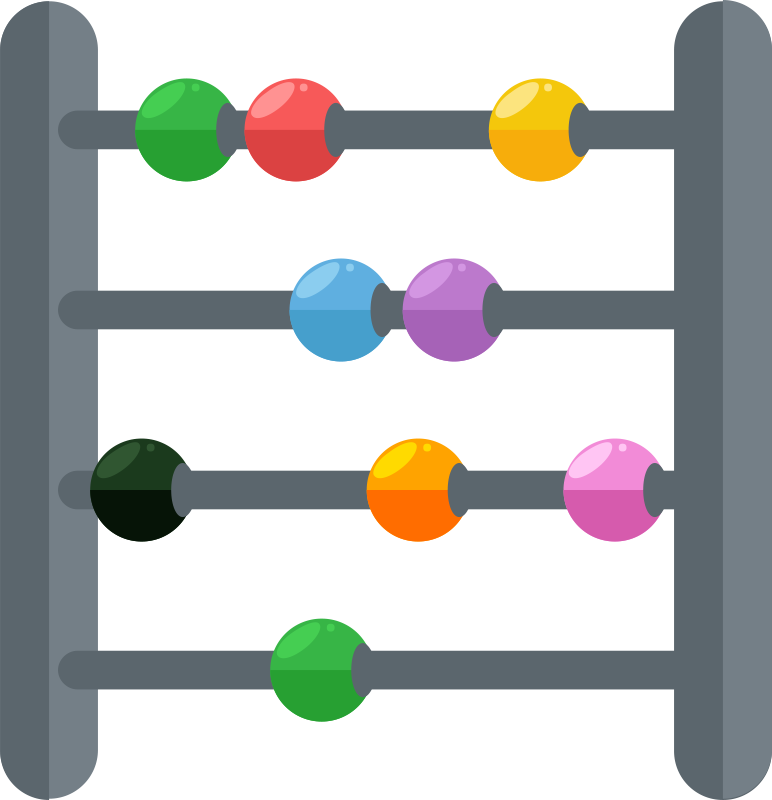
Engaging in Purposeful Play
Show early awareness and exploration, use objects according to function, play by building, pretending, organizing and expanding play scenarios and roles...
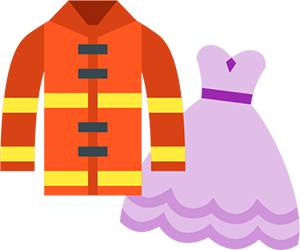
Understanding Pre-Academics and Literacy
Notice differences or associations among things, demonstrate matching/sorting/labeling by size/color/shape/numbers/function, interact with books and pictures, practice early writing and reading...
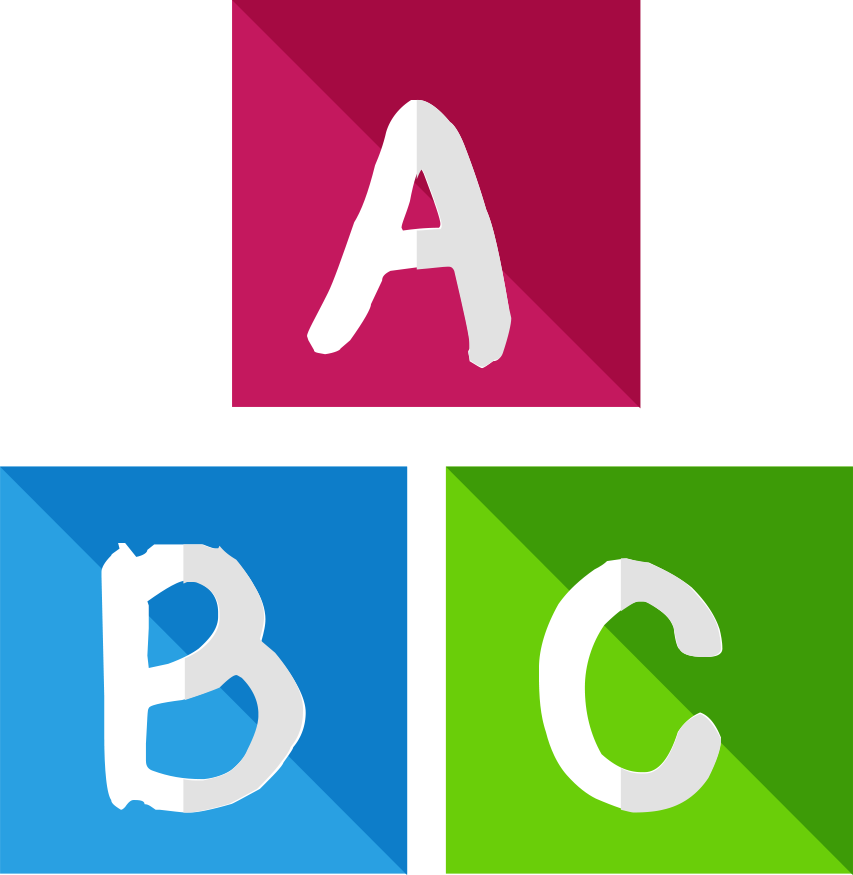
Acquiring Language to Communicate
Learn and use sounds, words, and sentences with increasing complexity including sign language and augmentative and alternative communication (AAC)...
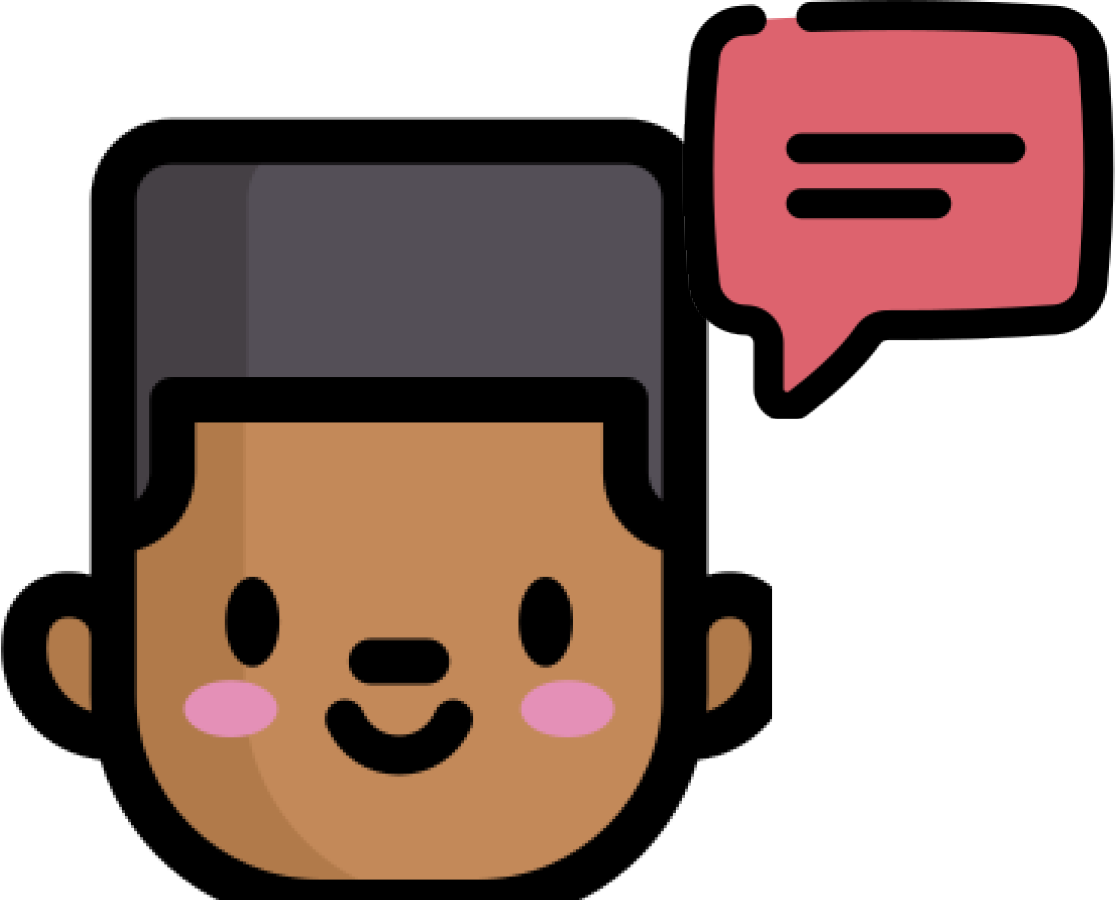
Understanding Questions Asked and Directions Given
Respond to gestures/verbal requests, understand meaning of increasingly complex words/questions/directions, know and state details about self (e.g., name, age)...

Outcome 3: Use of Appropriate Behaviors to Meet Needs
Moving Around and Manipulating Things to Meet Needs
Move with increasing control and purpose (e.g., reach, roll, crawl, walk, run, climb) to navigate the environment - with accommodations as needed, manipulate objects/tools (e.g., crayons, scissors, switches, fragile items) with increasing control...
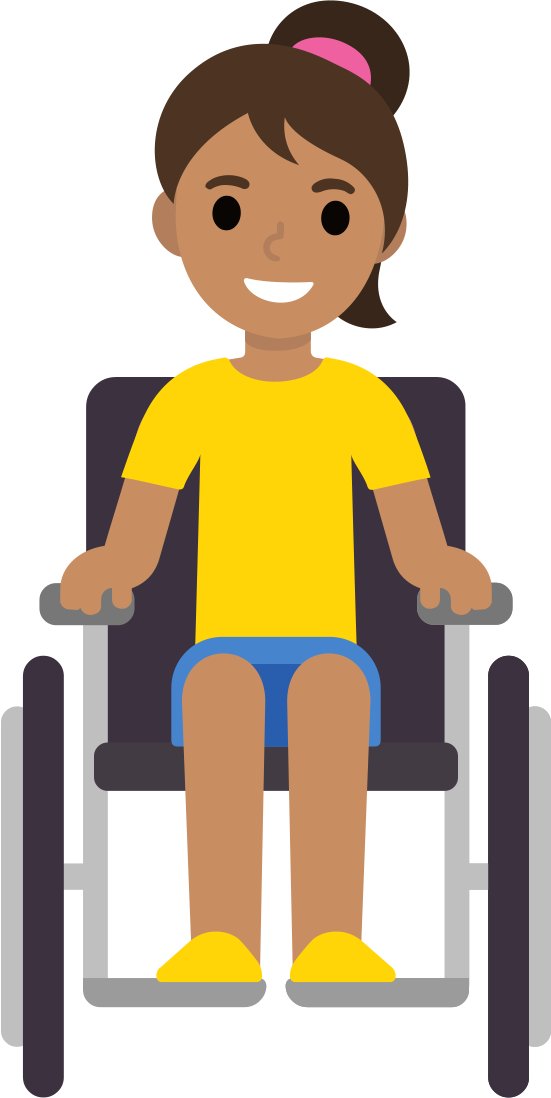
Eating and Drinking with Increasing Independence
Suck/swallow, chew, bite, finger feed, use utensils, hold bottle, drink from cup, show growing independence with amount/type of food eaten, access food and feed self....
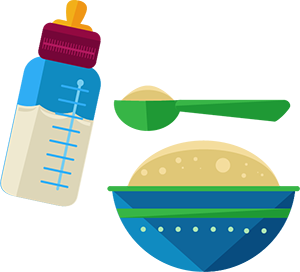
Dressing and Undressing with Increasing Independence
Assist with dressing, take off/put on shoes and clothes, undo/do fasteners...

Diapering/Toileting and Washing with Increasing Independence
Lift legs for diaper change, sit on potty, wash hands, brush teeth, help with bathing...

Communicating Needs
Indicate hunger/need for sleep/diaper change, express discomfort/hurt, request or reject food, express choice/preferences...
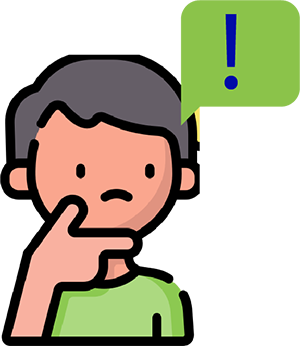
Showing Safety Awareness
Avoid dangers (e.g., putting things in mouth, touching hot stove), follow safety rules across settings and situations...
Note: This awareness is less evident in very young children
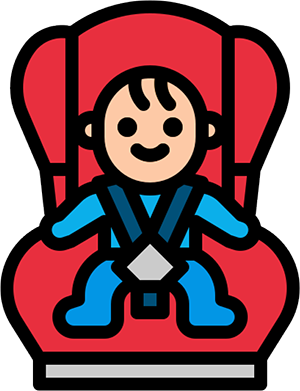
How can I share what I've learned from my family's experiences?
As the real expert on your child, you have a lot to share with professionals and practitioners who provide services to your child and family. You also have a lot to share with other families who find themselves where you've already been. These videos highlight opportunities for you to become a family leader, advocating for your child and other children with special needs and their families.
Center for Parent Information and Resources (CPIR)
CPIR provides information and products for families. They also provide information to Parent Training Information (PTI) Centers and the Community Parent Resource Centers (CPRCs).
CPIR also houses the Native American and Military Families Resource Collections.
Learn the Signs. Act Early.
From ages birth–5 years, children reach milestones in how they play, learn, speak, act, and move. Developmental milestones include taking a first step, smiling for the first time, and waving "bye bye". The U.S. Centers for Disease Control and Prevention (CDC) Developmental Milestones can help you track your child's development and act early if you have a concern.


